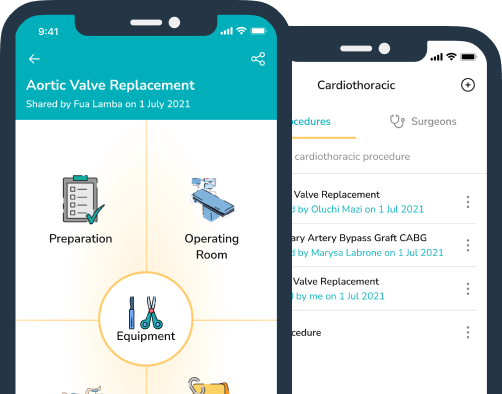A Little About Sutures & Surgical Considerations
Posted at 13 February 2024 in Education,Operating Room,Operating Room- Tips,Surgical Equipment,Surgical Supplies,Sutures by Marrianne
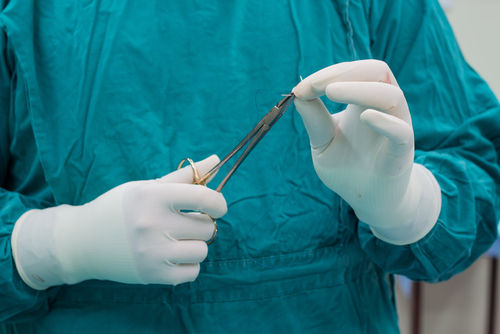
About Sutures-Needle Point
- Cutting Edge – 2x types- Conventional & Reverse
- Has 2x opposing sides that slice through tissue
- Cutting Conventional needles are predominantly used on skin closures
2. Taper Point
- Needle is flattened or rounded
- Spreads tissue without cutting, less traumatic, decreased bleeding
- Widely used in various tissue, muscle, fat, peritoneum
3. Taper Point-Blunt
- Tapered needle with blunt point
- Used to prevent needle stick injuries
4. Taper Cut Needle
- Predominantly used in Vascular & Cardio Thoracic surgery
- Used on hard calcified tissue and on prosthetic grafts
- Cutting needle passes through tissue easily and taper point passes through friable tissue
Surgical Considerations
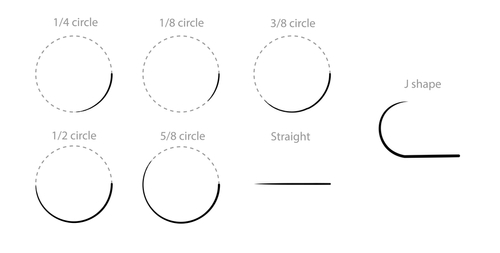
Points to consider when choosing a needle holder and loading a suture.
- Deep cavities require longer needle holders
- Thicker tissue may require stronger needle holders
- Load suture 1/3 of the distance from the swag
- Load suture at a 90 degree angle
- Needle should be loaded near the tip of the needle holder
- Confirm if the surgeon is right or left handed, load accordingly
- Needle holder should hold the needle in place and not move the needle when being used, usually the second clasp will hold in place
- Always be mindful of the tissue, the needle size and the length and size of the needle holder. Eg a small needle on a large & heavy needle holder may place pressure on the needle and break it.
Additional Considerations
- Never give an orthopaedic surgeon a small needle holder, unless they ask for one
- Always collect various size needle holders if unsure of size prior to surgery
- Always confirm the suture type, needle size, needle point prior to opening a suture, they are costly and can be placed in the wrong packet at the end of a long day by a tired team member
Recent Articles
Categories
More articles from Education,Operating Room,Operating Room- Tips,Surgical Equipment,Surgical Supplies,Sutures
View All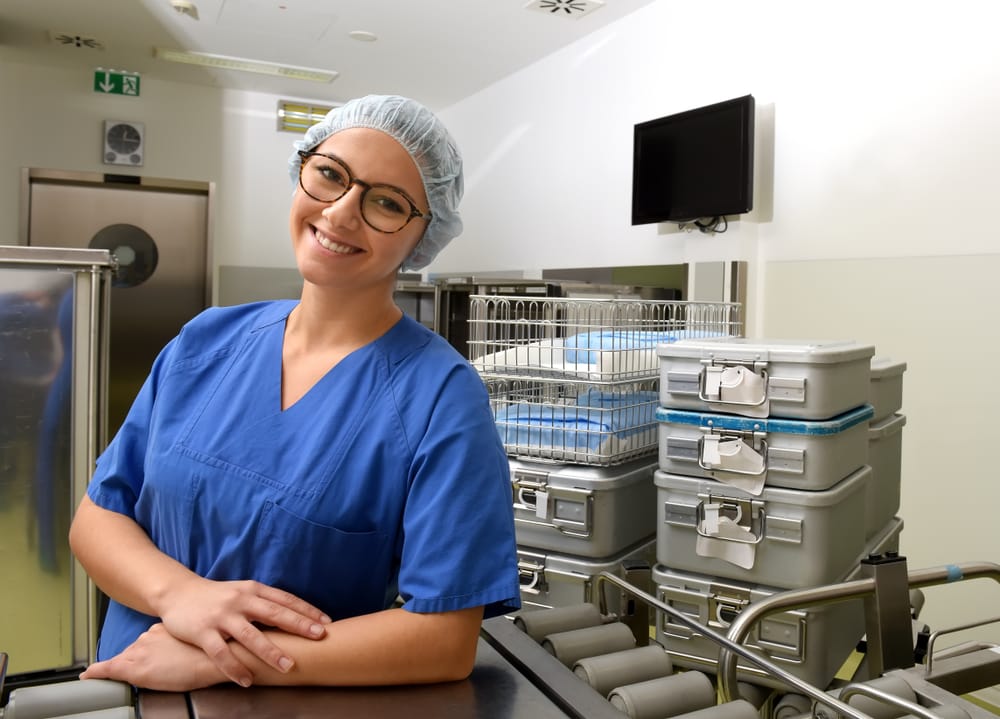
The Intricate Workflow of Sterile Processing
The SPD operates through a series of well-defined stages, each critical to maintaining instrume...
03 July 2025
Read moreReducing SSIs Through Best Practice Skin Preparation: What Every OR Nurse Should Know
Best Practice for Surgical Skin Preparation: Reducing the Risk of Surgical Site Infections (SSIs) Surgical skin pr...
11 June 2025
Read more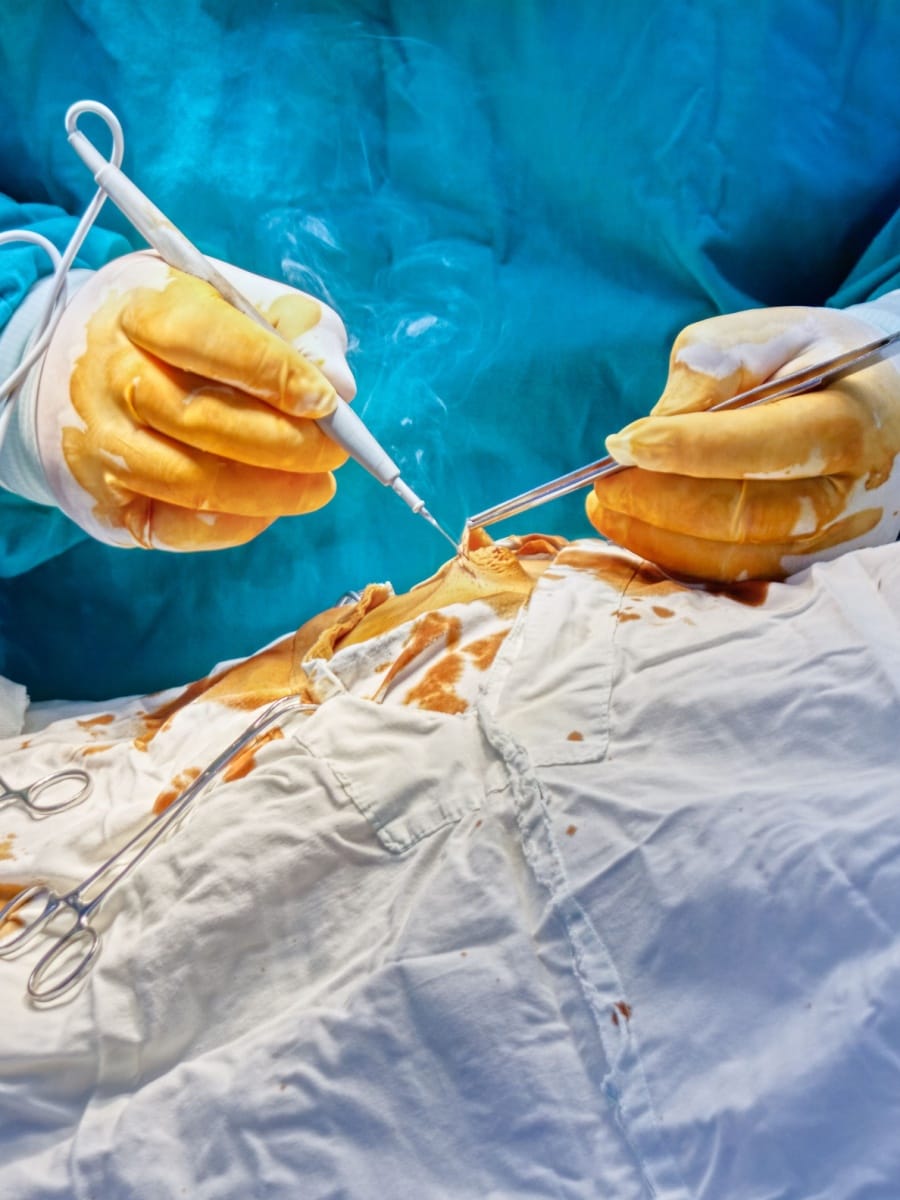
Alcohol-Based Surgical Prep Safety: Best Practices for OR Nurses, Techs & ODP's.
Introduction Alcohol-based surgical prep safety is critical in modern operating rooms and alcohol-based ...
04 June 2025
Read more


